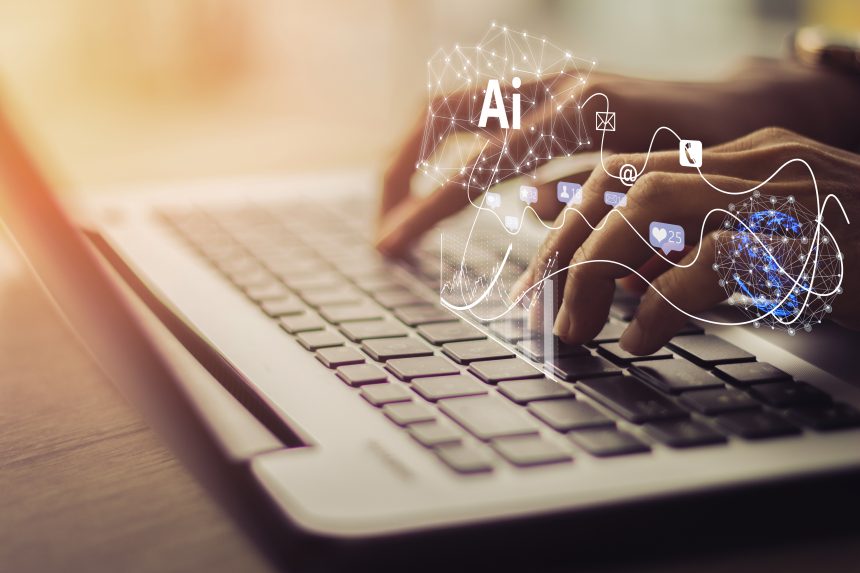Artificial intelligence is developing at a breakneck speed, and keeping up with the newest developments is crucial to comprehend how it will revolutionize a number of industries. Now let’s explore the most noteworthy and fascinating developments:
- Pre-trained Transformers that are Generative
GPTs have swept the globe, much like ChatGPT and its offspring. Our interactions with computers are changing as a result of their capacity to produce human-quality prose, translate across languages, create a variety of creative material, and provide insightful answers to your queries. GPT-powered tools are proliferating in a variety of areas, including customer service and creative writing.
- AI for Scientific Exploration
Algorithms using AI are proven to be very useful scientific collaborators. The capacity of artificial intelligence (AI) to analyze complicated data and spot patterns is driving advances in fields including materials research, drug development, and protein folding. AI-driven tools are improving modeling, experimentation, and simulations.
- Cybersecurity using AI
AI is becoming a vital defense tool and a proactive danger hunter as cyberattacks become more complex. Massive data sets may be analyzed by AI algorithms to find patterns, find viruses, and anticipate possible attack surfaces.
- Accountability and Explainability in AI
Ensuring ethical, equitable, and transparent AI systems is essential given the expanding impact of AI. The goal of explainable AI (XAI), a prominent movement, is to improve human comprehension of AI models and their judgments. This encourages responsibility, builds trust, and protects against prejudice.
- Emerging AI
Processing is going closer to the “edge,” or the location where data is created, rather than just depending on cloud-based AI. More efficiency, lower latency, and quicker reaction times are made possible by this trend, which is particularly important for real-time applications like industrial automation and self-driving automobiles.
- Multimodal AI
The ability of AI to comprehend and communicate with many modalities, such as text, images, video, and voice, is growing. A more complex knowledge of the environment is provided by multimodal AI models, such as ChatGPT’s ability to now link picture production with text answers. This creates endless opportunities for enhanced robotics, content development, and human-computer connection.
Difficulties and Points to Remember
In addition to its great promise, AI development has drawbacks.
- Data Quality: Vast volumes of high-quality data are necessary for robust AI models to function. It is important to tackle biases and guarantee representativeness in datasets.
- Computational Resources: High-end AI models need a lot of processing power, which raises questions regarding accessibility and energy use.
- Certification: In particular, when AI penetrates vital sectors like healthcare and the military, clear guidelines are required to guarantee its ethical and safe use.
Looking Forward
These developments are only the beginning in the very dynamic field of artificial intelligence. We may anticipate increasing social integration of AI algorithms as they advance, which will change how we work, live, and engage with technology. The secret is to use AI’s potential responsibly to improve everyone’s future.








